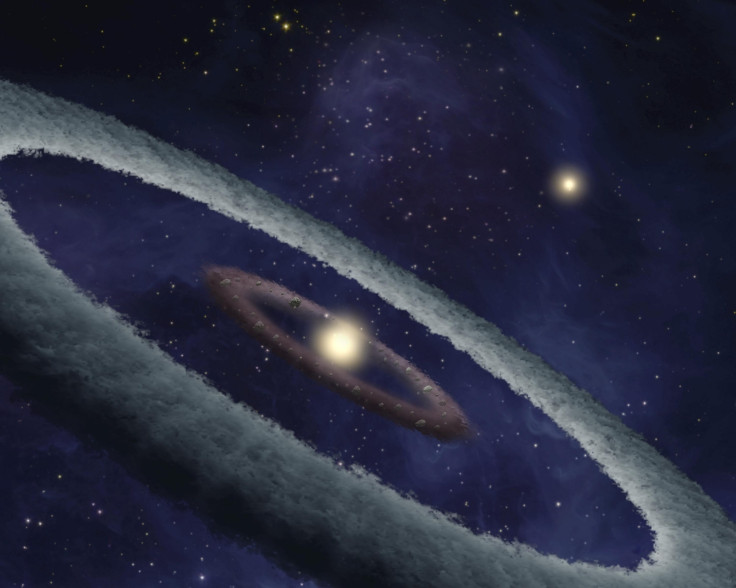Sun-like star nicknamed Kronos after it devoured around 15 Earth-like rocky planets
The 4 billion-year-old binary star system nicknamed Kronos and Krios are around 320 light years away from the Earth.

Astronomers have uncovered a four-billion-year-old binary star system, in which one star was discovered devouring its own planetary progeny. Scientists discovered that the star was essentially eating up other planetary bodies and hence the sun-like star has been nicknamed Kronos after the titan of the Greek mythology who ate his own children. Its twin, which appears to be a more benevolent star, was nicknamed Krios.
Fortunately, the star duo travel through space around 350 light years away from Earth, so there's little chance of Kronos devouring our home planet anytime soon. Scientists suggest that the twin stars were born from the same interstellar cloud four billion years ago and initially shared the same chemical structure.
However, scientists discovered that despite having been born together, the twin stars did appear to be different from each other. For instance, in the new study published in arXiv, researchers said that Kronos was "significantly more metal rich" than its sibling Krios. In comparison, Krios has smaller concentrations of elements such as lithium, magnesium and iron in its atmosphere than Kronos. "I initially thought these two stars must not be in a binary," said Semyeong Oh, who along with her team did the analysis at Princeton University, New Scientist reported.
According to Oh, Kronos is estimated to have devoured around 15 rocky planets, each with similar mass to the Earth. The researchers suggest that this would explain the excessive chemical elements scattered across Kronos' atmosphere.
"I was really excited when I saw this," Johanna Teske at the Carnegie Observatories in Pasadena, California, who has studied similar binary star pairs said, New Scientist reported. "A lot of those signatures were very small. This is a huge signature."
It still remains unclear as to how Kronos went about devouring other planetary bodies. However, the researchers have now begun hunting for giant planets around the twin stars. Although the astronomers are yet to find any such alien worlds, their search could be boosted by data set to be made available from the ESA's (European Space Agency) ongoing Gaia satellite which has been busy mapping numerous planetary objects across space.
© Copyright IBTimes 2025. All rights reserved.






















